Public support of school facilities bonding waning, according to survey
By James Grob, jgrob@charlescitypress.com
The good news for the district is, the public’s general perception of the Charles City School District has improved markedly in the last two years.
The bad news for the district is, public awareness of needed facility improvements has decreased, and public appetite for another bond issue has gone down in the last year.
“We know that we have facility needs, especially at the high school. We have needs in regard to our secure entrances at Washington and Lincoln Elementary Schools. That’s an issue,” said Charles City Superintendent Mike Fisher. “These are things we’ve been looking at for many years.”
The Charles City Board of Education held a work session last week to hear and discuss the results of a recent community-wide survey that requested the input of school district residents to help determine how the district can best address its capacity and facility challenges.
The online survey, which was open Nov. 8-22, included a series of questions related to the district’s facilities-related challenges and potential solutions. The district and board will use the information gathered from community members to prioritize the best possible solutions.
“The survey was trying to help us gauge the understanding of where our needs are,” said Fisher. “Our job right now is to circle the mountain — take as many steps around the mountain as possible, to see every viewpoint.”
Jerry Gallagher of Donovan Group, which conducted the survey, shared the results with the board at the work session.
“In general, while community members generally had positive things to say about the district overall, their responses indicated a low level of understanding about the district’s facility needs and the work that has been done to date to find solutions to those needs,” Gallagher said. “The survey results also reflected a relatively low level of support for a possible bond issue to address the facility needs.”
The school district has been looking into a modernization plan for the high school since the new middle school was completed three years ago. The plan was initially called “Phase II.”
In December 2017, architects had presented a new, two-story concept of what the high school’s floor plan could look like under a $22 million to $23 million renovation budget.
In February and March of 2018, the district consulted with teachers, coaches and community members regarding the plan, and heard requested additions and alterations.
Little has been done since that time. High school renovations have not been on the agenda for nearly two years — and the board hasn’t talked about it in that time.
“I’ll own that,” said Fisher, who started as superintendent in June of 2018. “That was a strategic shift that had some unintended outcomes. I very intentionally tried to minimize facilities discussion — other than the athletic complex and North Grand — because I wanted to get the dialogue back to teaching and learning.”
Although he said he believes results of that change in strategy have been positive, Fisher said the “unintended outcome is that some people have seem to have forgotten. Now we have to address that moving forward.”
On the survey question of how likely a respondent would be to recommend the Charles City School District to a friend, colleague or family member, Charles City’s brand scored very well. With a score of 10 meaning “extremely likely” and a score of 0 indicating definitely not, more than 16% gave Charles City a 10, while just over 4% gave Charles City a 1. More than 64% of respondents rated Charles City 7-10, while just under 12% rated Charles City 0-3. The average was 8.12, which Gallagher said was a strong number.
However, just under 24% of respondents said they were “very well-informed” with the district’s facility needs and the process the school is using to try to find solutions. More than 56% said they had some familiarity with the district’s needs, and nearly 20% said they had “no knowledge” of the district’s needs.
“The number of respondents who are familiar with the district’s facility needs is much lower here than we would like to see,” Gallagher said. “This suggests that community members have not been engaged into the needs or the process the board is using to address those needs. This can be problematic when it comes to passing a bond, as we find that residents must have a good understanding of needs to vote in favor of a question on the ballot.”
On the question if a respondent would vote “yes” on a high school renovation project and new auditorium if the tax impact was $9 or less per month (28 cents or less per day) on a $75,000 home, and $12 or less per month on a $100,000 home, about 62% of all respondents indicated their potential support of a school bond at that tax impact and covering the projects listed in the question. This is only two points above the 60% needed to pass in Iowa.
Those tax numbers are not set in stone, but are rather a general estimate. They could change dramatically, depending on a plan the school decides to go with.
“We did not come across any finalized numbers, but we had to present something in that $75,000 to $100,000 home range, to at least give people at general sense of where it would be,” Gallagher said.
He said that as a general rule, there is a margin of error from similar surveys of about 10 percentage points, one way or the other. So support for a bond could be as high as 72% or as low as 52%.
“In our experience, these numbers would not lead us to believe a school bond vote would pass with 60% approval if it were held in the near future,” Gallagher said.
About 86% of the survey respondents said they would be likely to vote in a school bond election, while about 14% said they likely would not. A total of 501 community members completed the survey.
“In our analysis, the results show that the district needs to do more to communicate about and engage the community into its facility needs,“ Gallagher said. “This includes sharing information about the needs and using a community-driven process to find solutions.”
By way of comparison, Gallagher recently conducted a survey of another Iowa community with demographics and facility needs similar to Charles City’s, and said that 87 percent of the respondents said they were aware of that district’s facility needs — much higher than in Charles City. He recommended more community engagement meetings, so the public is more informed about the district’s needs.
“One of the things we found about Charles City, is that you have a lot of folks who feel that ‘it was good enough for me, and it was good enough for my kids, it is good enough for this next generation,’” he said. “That is a wall that needs to be broken down with consistent information.”
Gallagher said the board needs to persuade the public that teaching and learning have changed.
“You’ve done what you’ve been able to do to maintain facilities, but it’s at the point where it isn’t cost-effective to continue to do maintenance any longer, if that’s the direction you want to take as a board,” he said.
Director Pat Rottinghaus mentioned that a recent community bond issue for the county jail and paying for the city’s new water treatment plant have increased property taxes and fees significantly for many people.
“As I was running for the board, I was hearing ‘don’t raise my taxes,’” she said.
Gallagher said that there clearly could be voter fatigue, bond fatigue and tax increase fatigue in the community.
“I definitely think that has had an impact,” he said. “I don’t know to what extent, because the primary take-away for us was information. It is more about informing the public what you’re trying to sell them, and less about what would be a moderate tax increase.”
Fisher said that he had assumed the community was aware of facility needs, because the district has been talking about those needs for several years, but the survey indicates otherwise.
“The data is telling us that assumption could be incorrect,” Fisher sid. “There are more people that need to see the high school, see the entrances at Washington and Lincoln.”
Fisher mentioned that there were other school districts in the area holding comprehensive community meetings.
“We have been careful with that because we don’t want to be redundant — we don’t want to waste people’s time. So we were a little surprised,” he said. “We thought there was a little better understanding in the community.”
Fisher said that the survey was just a first step toward addressing the district’s facility needs, and that he was not yet ready to make a recommendation to the board. He did say he believes that something needs to be done within the next 18 months, which could set possible dates for a bond referendum at March 2020, Sept. 2020 or March 2021.
He said there were pros and cons to each of those dates.
“One option is we go sooner rather than later, to ask the community for something with the high school and our needs. Another option would be to wait longer,” Fisher said. “We’re not at that point yet. We are gathering information. I’m here listening.”
Board members suggested two important steps in better informing the public would be getting the students out to the public as advocates and getting the public into the school to see the issues for themselves.
“People have to see it,” Fisher said. “They can’t just hear about it, they have to feel it, taste it and sense it.”
Fisher told the board that whatever decisions it makes regarding facilities, the most important thing was teaching and learning.
“Our kids up there right now, even in a facility that has facility concerns, still deserve an engaging, rich and relevant experience,” he said. “Teaching and learning has to be the No. 1 thing.”
The board will hold another work session regarding facilities improvements at 7 a.m. Wednesday, Dec. 18, at the NIACC building in Charles City. The public is encouraged to attend.

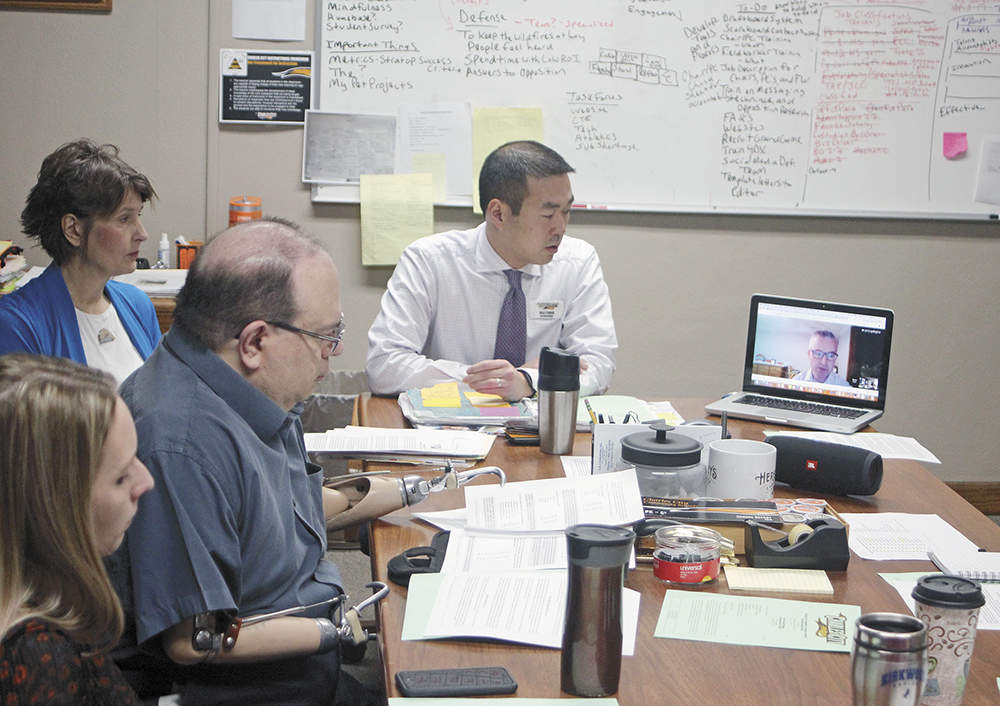
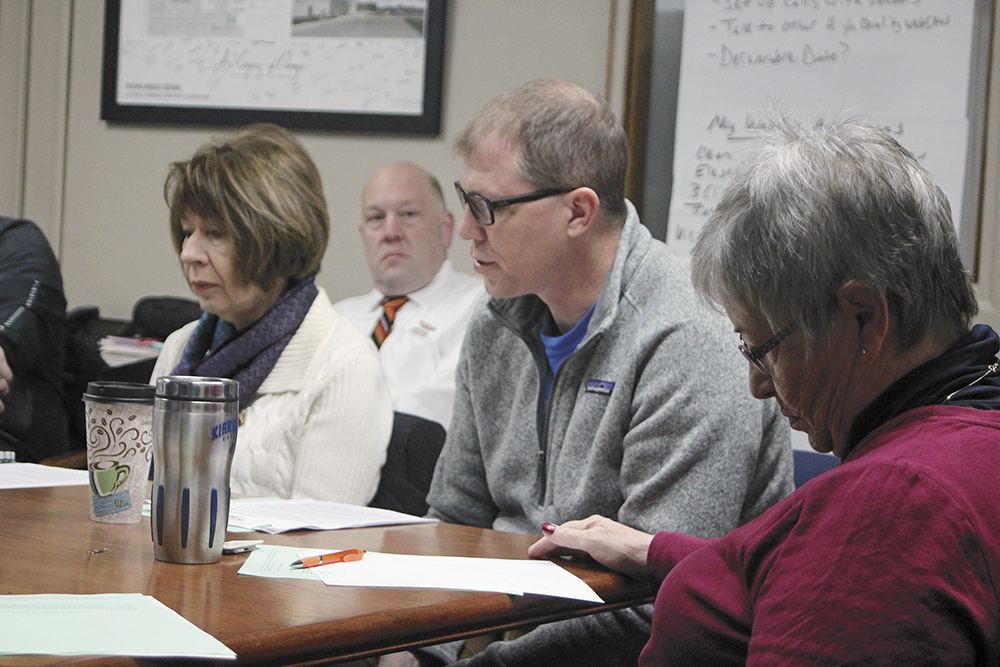
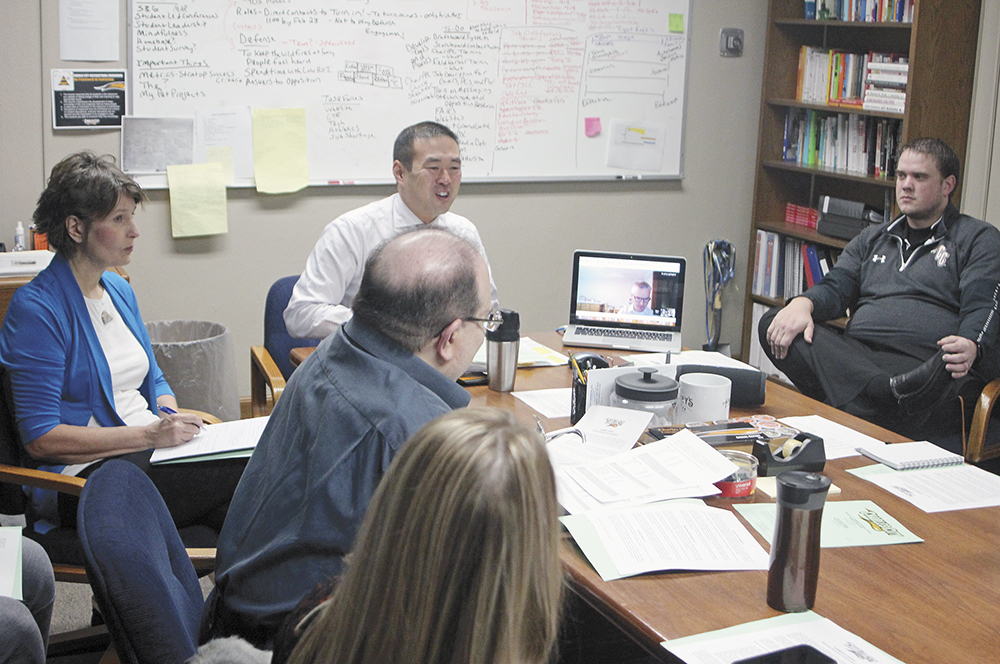
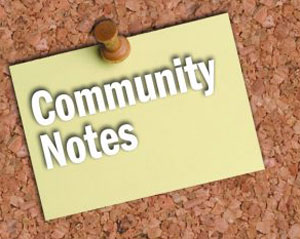

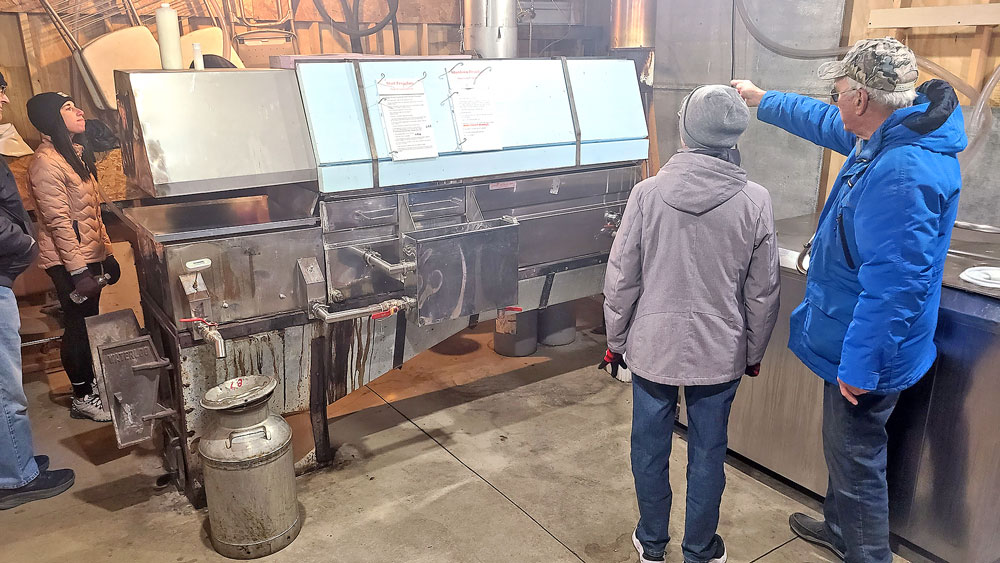
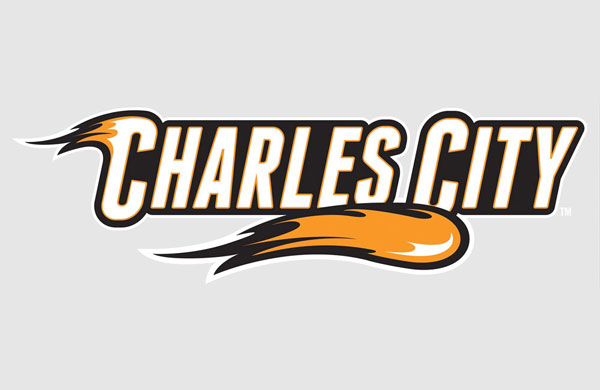
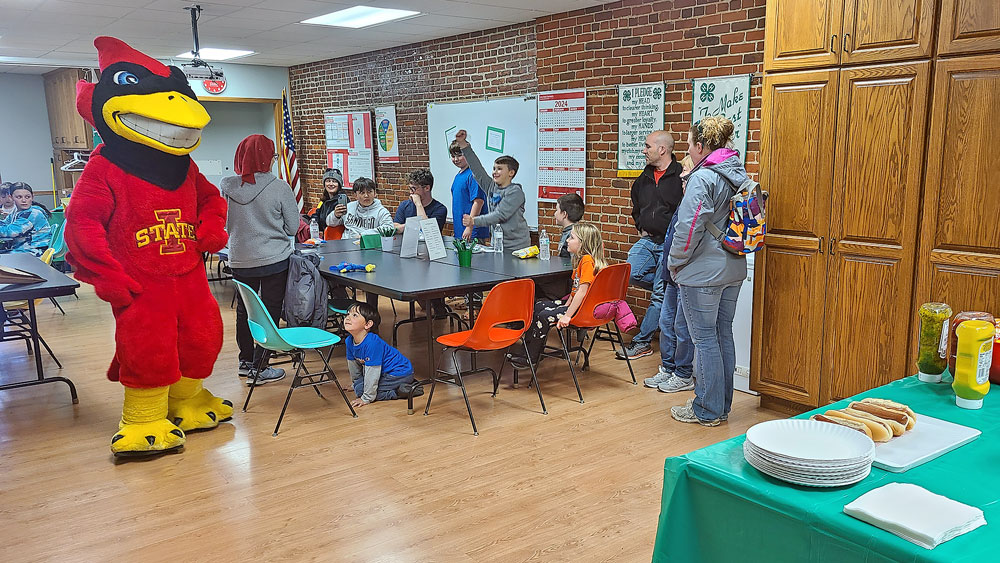
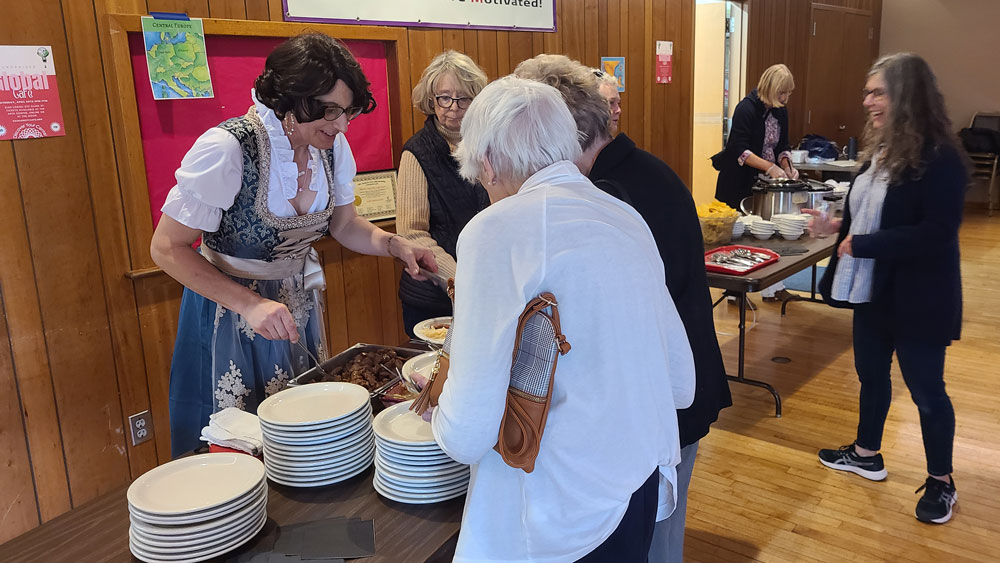


Social Share